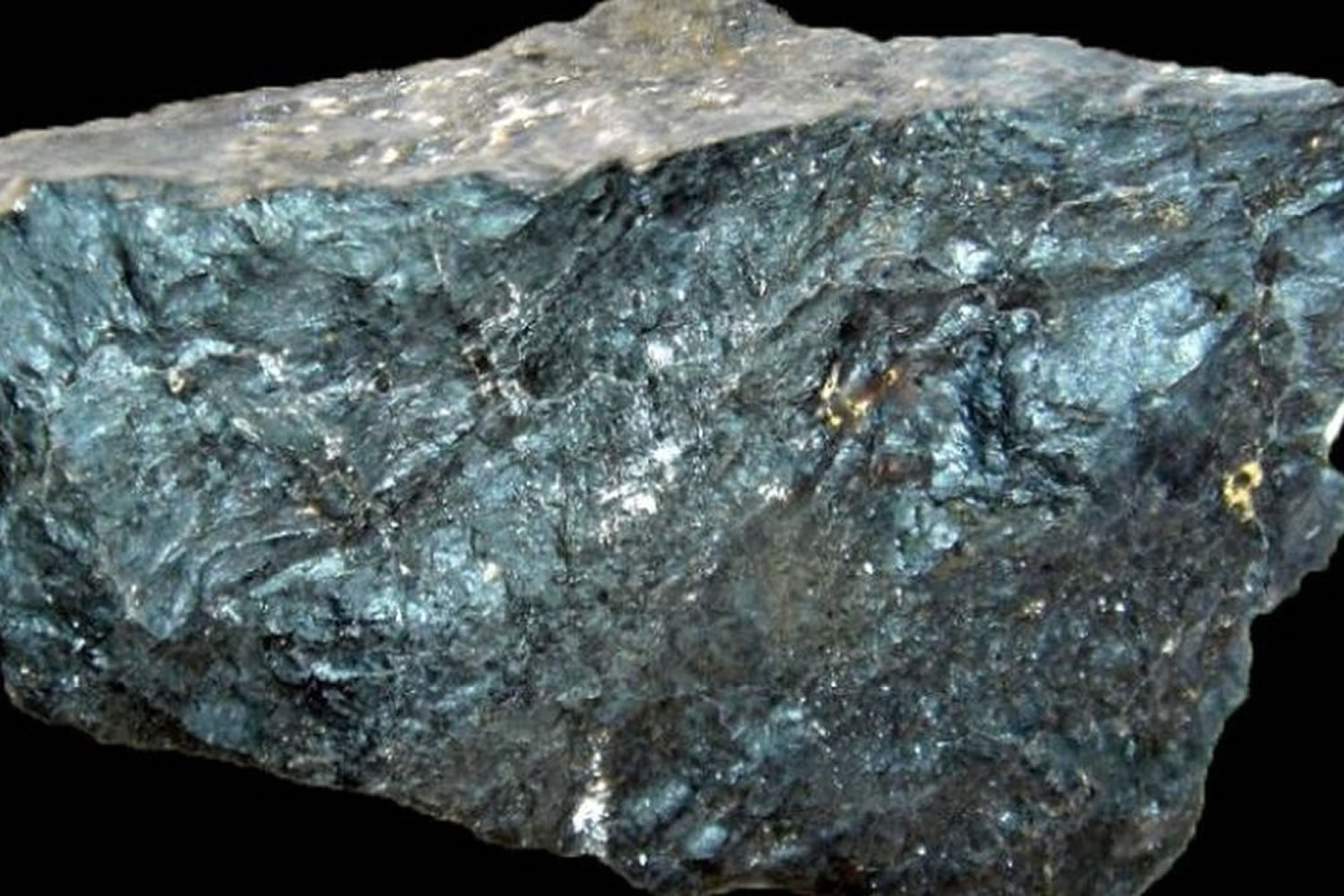How to Distinguish Between Steel and Cement Iron Ore

Iron ore is one of the most important raw materials in various industries, especially steel and cement. This mineral, due to its iron content, is widely used in producing metallic and construction products. Its significance stems from its extensive application in industrial products, including building frameworks, industrial machinery, bridges, and towers, which directly or indirectly rely on products derived from iron ore.
In the steel industry, iron ore is processed into raw iron and then converted into steel. This complex process requires iron ore with high purity and minimal harmful impurities to produce high-quality, durable products. On the other hand, in the cement industry, iron ore is used as an additive to clinker and lime to produce specific types of cement. Structural and chemical differences between steel and cement iron ore necessitate selecting the appropriate type for each industry’s requirements.
Raeis Industrial Group, a leading supplier of iron ore, emphasizes the importance of choosing the right type of iron ore for various industries. With extensive experience in the mineral sector, the company assists clients in selecting the most profitable and cost-effective iron ore. This article provides insights into identifying steel and cement iron ore.
Structural and Chemical Differences Between Steel and Cement Iron Ore
To better understand the differences between steel and cement iron ore, one must closely examine their chemical structure and composition. Steel iron ore is typically magnetite (Fe₃O₄) or hematite (Fe₂O₃), which contain high percentages of pure iron. These compositions, due to their magnetic properties and high density, are used in steel production processes. Magnetite, with a higher iron content, is particularly effective in direct reduction processes, yielding higher-quality output. Hematite, despite having lower iron content, remains a significant source of raw material for steel production.
Conversely, cement iron ore contains higher levels of silica, alumina, and sometimes magnesium. These components are crucial in cement manufacturing as they enhance the compressive strength and chemical resistance of cement. Silica contributes to forming a robust crystalline network in cement due to its pozzolanic properties, while alumina plays a vital role in chemical reactions and hydration temperature regulation.
Given these differences, Raeis Industrial Group advises clients to conduct thorough chemical analyses of iron ore based on their specific needs in steel or cement production. The company’s access to various iron ore sources enables it to supply raw materials with chemical compositions tailored to each industry’s requirements.
Methods to Identify Steel and Cement Iron Ore: Physical and Chemical Analysis
Accurate identification of steel and cement iron ore requires precise and scientific methods, which can be physical, chemical, or a combination of both. Given the distinct applications of these two types of iron ore, proper selection is crucial.
Raeis Industrial Group, as a pioneer in mineral supply, emphasizes the use of advanced methods for iron ore identification. Below are the physical and chemical approaches for distinguishing steel and cement iron ore.
Physical Methods for Identifying Steel and Cement Iron Ore
One of the simplest physical identification methods involves visual inspection. Steel iron ore typically appears darker, often black or dark gray, and is denser than cement iron ore due to its higher iron content, especially in magnetite and hematite. Conversely, cement iron ore, with its higher silica and alumina content, is lighter in color, ranging from light gray to nearly white.
In addition to color and density, hardness is another distinguishing factor. Steel iron ore, due to its denser and more compact structure, is harder and more resistant to scratching or impact compared to cement iron ore.
Chemical Methods for Identifying Steel and Cement Iron Ore
Chemical methods generally offer higher accuracy compared to physical methods and are used to analyze the mineral compositions of iron ore. One common method is X-ray fluorescence spectroscopy (XRF), which can quickly and accurately detect the presence of various elements in the ore. This technique sends X-rays into the sample and analyzes the reflected rays to identify the chemical composition, determining the percentages of iron, silica, and other elements.
Other methods, such as wet chemical analysis, are also employed for more precise identification. In this approach, iron ore samples are dissolved and reacted in a laboratory setting to measure the percentages of various components. Known for its precision, this method—also referred to as volumetric or gravimetric analysis—is ideal for determining the industrial applications of iron ore.
Modern Technologies and Tools for Identifying Steel and Cement Iron Ore
Recent technological advancements have significantly transformed the mining and mineral industries. These innovations include the development of modern tools for more accurate and faster identification of steel and cement iron ore. Raeis Industrial Group, as a leader in this field, leverages these technologies and encourages its clients to adopt them.
X-ray Fluorescence Spectroscopy (XRF)
XRF is one of the most advanced tools used in the mining industry for iron ore identification. This technology analyzes the chemical composition of the ore with high precision by measuring the reflection of X-rays. In the steel industry, precise determination of iron content and other elements like sulfur and phosphorus is crucial, as these elements significantly impact the quality of the final product.
Artificial Intelligence (AI) and Machine Learning (ML)
AI and ML technologies have recently played a pivotal role in mineral analysis and identification. These technologies process large datasets and simulate geological processes to predict the chemical composition and behavior of ores in industrial processes. For example, ML algorithms can rapidly identify iron ore types based on their physical and chemical characteristics, enhancing diagnostic accuracy and significantly reducing analysis time.
Near-Infrared Spectroscopy (NIR)
Another modern tool in the mining industry is NIR spectroscopy, which analyzes the chemical composition of minerals based on their absorption of near-infrared light. NIR is especially effective for analyzing iron-containing minerals and can quickly distinguish between cement and steel iron ore.
3D Imaging and Structural Analysis
3D imaging technology is also employed to analyze the internal structure of ores with high precision. Using lasers or other imaging techniques, this technology distinguishes steel and cement iron ore based on their structural differences.
Conclusion
Accurate identification of steel and cement iron ore plays a critical role in improving the quality of industrial products. Steel iron ore, with high iron content and minimal impurities, is ideal for steel production, while cement iron ore, containing silica and alumina, strengthens cement. Physical and chemical methods, such as density tests and X-ray fluorescence spectroscopy, aid in precise identification.
Raeis Industrial Group, leveraging technical knowledge and extensive experience, helps buyers select the best iron ore for their industrial needs. By providing precise and specialized solutions, the company ensures that raw materials for the steel and cement industries are supplied with the highest quality and efficiency.
